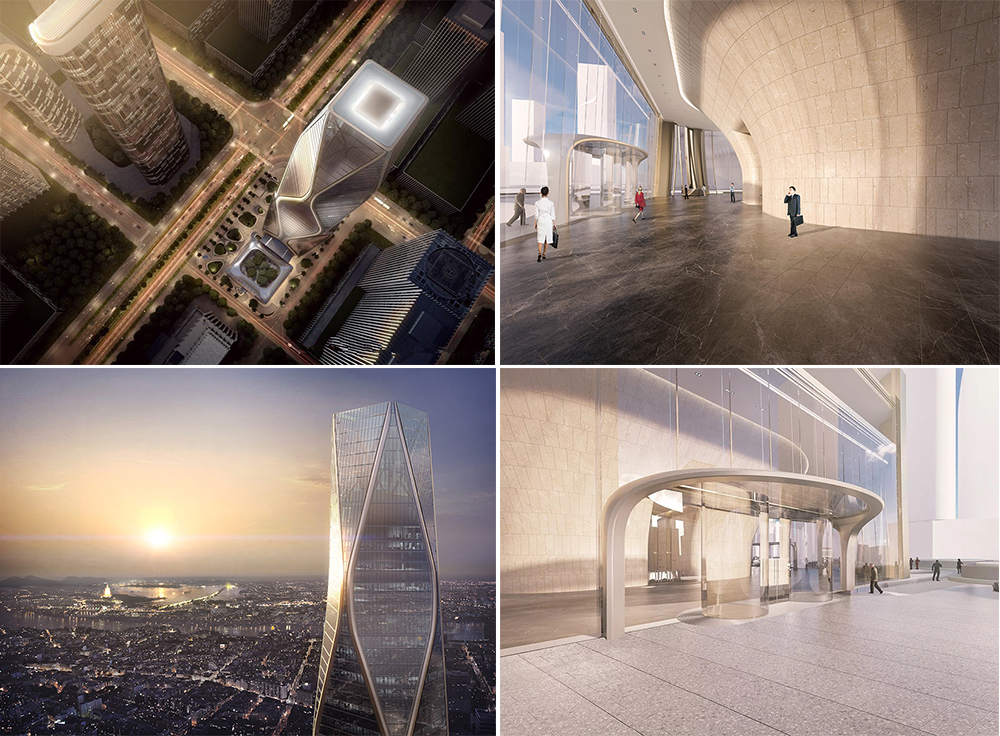It is reported that Haramain High Speed Rail will be built in the Kingdom of Saudi Arabia, connecting the cities of Makkah, Madinah, Jeddah and the developing King Abdullah Economic City (KAEC).
The Haramain High Speed Rail is a major infrastructure project for the Kingdom of Saudi Arabia, connecting the cities of Makkah, Madinah, Jeddah and the developing King Abdullah Economic City (KAEC). Altogether, the large, flexible stations will cover an area more than 30 times the size of London's Trafalgar Square and will initially accommodate an anticipated 60 million passengers. This is expected to increase to 135 million passengers by 2042.
The modular approach to the stations' design is complemented by variations in colour, which signify the four cities while remaining emblematic of the HHR system. The terminal stations of Medina and Makkah are characterised by a rich colour palette: Makkah Station references the gold leaf of the decorated Kab'ah and the city's significance as a holy site, while Madinah Station's vivid green colour draws inspiration from the Mosque of the Prophet. Jeddah Station features a shade of purple which has a particular resonance with the city and KAEC's station is afuturistic blue and silver, representative of its role as a modern new city. Drawing on Islamic architecture, the design concept takes the traditional gateway arch form as the basis for its roof design. The design, common to all stations, features a sequence of 25-metre-high arches rising from the concourse, complemented by smaller 9-metre-high arches at platform level.Supported by freestanding structural trees, repeated on a 27-metre square grid, the arches connect to form a flexible vaulted roof.

By following the direction of the trains, the arrangement of spaces helps passengers navigate the stations intuitively, with few level changes and the interior spaces provide respite from the heat of the desert. Additionally, spherical chandeliers, suspended between the arches, provide focused lighting, mediating between the scale of the roof and concourse level and accentuating the rhythm of the structure.
Source: Foster+Partner